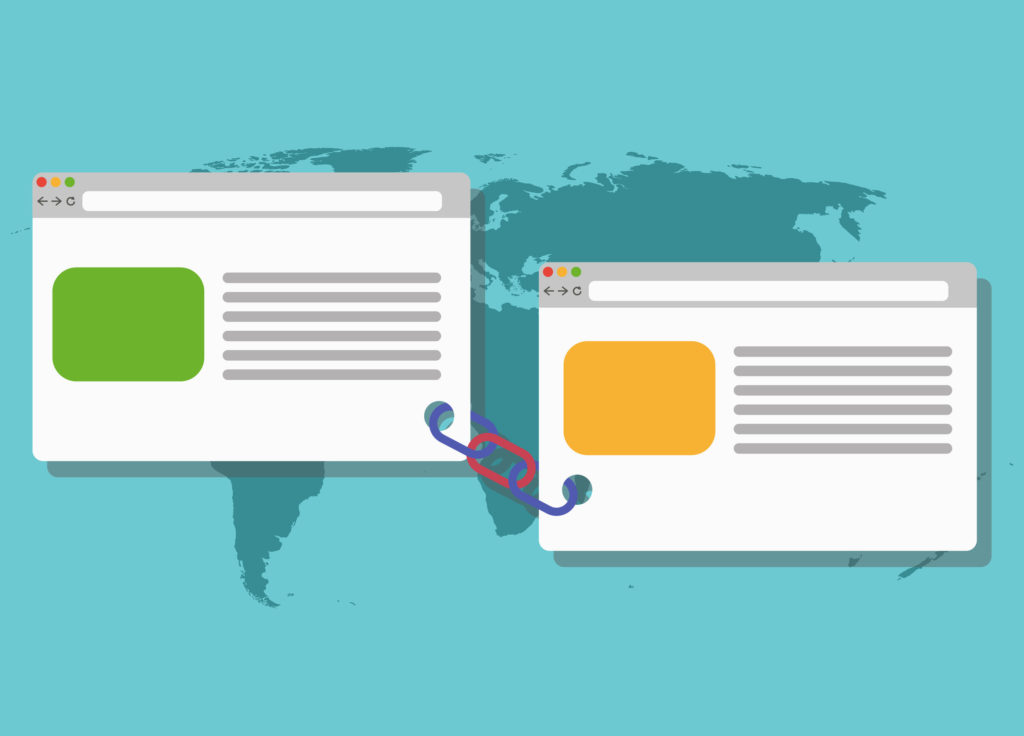7 Tips For eCommerce
There is SEO, and then there is SEO for eCommerce. While some of the typical SEO tips you will see on the web are certainly relevant for eCommerce sites, there are some best practices that are unique to the web addresses of online retailers. In this blog, we run through seven SEO tips for eCommerce websites:
1. Optimise your product pages
There are plenty of ways in which you can improve the product pages on your e-commerce site for the purposes of SEO. There are many ways in which product pages can easily be ineffective in your push for search engine ranking leaps. Duplicate or substandard content can be just some of the typical weak spots. So, ensure your product descriptions are unique, that you include metadata, and encourage user-generated content such as reviews.
Another thing to consider is alt descriptions. Alt descriptions are important for any website to improve the accessibility of web pages for images. However, when it comes to e-commerce, this is absolutely crucial. Since your focus is on individual products, it becomes more important to provide alternate descriptions for images so that people are fully aware of the product they are looking to purchase.
This goes without saying, but remember to add mentions of your target keyword into all the key areas of the page, this would be the title tag, h1 and within the first 100 words of the body content. Adding a mention in the meta description and alt description can also be good, but try not to make it look like you’re adding the keyword for the sake of it.
2. Optimise your category pages
If you are looking for a home for your top-level keywords, you have one right here on your category pages. This is a way of driving high traffic by including keywords that are focused on the product terms online shoppers are searching for.
Your text should be rich, with at least a paragraph describing what the category is about and which kind of products are included. And if you’re in the process of link building, try to focus on including links to these category pages, as this is recognised as a helpful SEO practice.
Because you ideally want your product pages to not contain too much unnecessary content, category pages are the perfect place to add that content instead, making them a great resource to internally link to as well as providing further opportunities to mention target keywords.

3. Organise your site navigation
Structuring your site in a Google-friendly layout is essential:
- Consider adding several landing pages for specific brands or product types. This allows you to optimise for multiple keyword groups and multiple pages – in turn this increases your site’s visibility when search.
- Include category level navigation on drop down menus.
- Organise your URLS in the following formation:
- yourwebsite.com/category
- yourwebsite.com/category/sub-category
- yourwebsite.com/category/sub-category/product-name

4. Say yes to HTTPS
Switching to HTTPS can be beneficial for all websites, but it is especially pertinent for eCommerce. That’s because this security feature assures encryption for visitors to your website and protects their activities. It is even more important considering the personal details which can be exchanged over eCommerce sites, including payment information. An HTTPS URL gives visitors to your site the reassuring padlock symbol and green part of the address bar. More importantly, users need not be issued a security warning that your eCommerce site is not encrypted and risks being a deceptive platform. This can see many potential visitors turn back before they even start shopping.
5. Understand the potential problem with a filter system
Filter search systems can undoubtedly be helpful to eCommerce customers, allowing them to narrow down items as they browse for a particular product. But they can also be counterproductive when it comes to SEO. That’s because they have the effect of producing a large number of indexed pages, on which it is likely that there is a lot of duplicate content. Google is recognised as not liking duplicate content, so if your number of index pages are spiralling out of control, the best answer could be to add a parameters noindex follow with a meta robots tag.

6. Use internal links naturally
Google will notice when you’re overusing internal links, ensure your use of internal links is natural. For example, placing an internal link to another related product on a product page would be natural. Opposed to overfilling your pages with irrelevant internal links. In addition, placing links on your homepage to your products will also help the product’s page rank score and be easier for customers to navigate.
One way to prepare for this is to plan an internal linking structure. If you can map out each of your pages, you should be able to see which ones are relevant to each other and therefore, which pages should logically be connected to each other. This is not so much experience and technique as it is applying logic and what you as a customer would expect upon visiting a web page.
7. Keyword research
Keyword research should be the main priority for any SEO plan. Knowing what your customers are searching for helps you gain an insight into what they are physically typing into search engines when searching for certain products you sell. This allows you to focus on keywords and phrases which will get noticed by potential customers. This of course does not mean filling your pages with keywords. There is no need to constantly use the same keyword throughout your page. Google’s Latent Semantic Indexing means Google uses context clues to recognise what the content is about. Top sites for keyword research include Google’s Keyword Planner, SEMRush and Moz.
SEO for eCommerce websites takes on a whole new importance and offers a real incentive for site admins to keep up with all the latest tips and tricks. We hope these SEO tips for eCommerce websites can help boost your SEO traction.
eCommerce and the end of cash
eCommerce and the end of cash!
Scary, huh?
Well, whether tech scares you or not, we are moving closer and closer to a cashless society. Bank accounts and contactless cards have allowed us to pay for items in shops without handing over any cash and the same is true online – eCommerce websites function without the need for anything physical.
In a world where physical cash is fast losing relevance – don’t worry – this is a competitive edge.
You may be panicking: scared of an ever-changing world where the physical becomes the virtual, but you’d be mistaken to throw eCommerce aside as just another beast of technology. Once you learn how to command that technology you’ll no longer fear change; but instead, you’ll openly accept it as you notice how much it can benefit you!
In the last few decades, the online world has changed enormously! Global business has moved onto the internet and today, the biggest companies in the world are built entirely on technology. Facebook, Google, and Amazon are all online, and they simply could not function with cash alone.
It’s Astonishing…
eCommerce websites are an incredible tool for consumers and businesses alike. With sites like Amazon offering one-day delivery for absolutely everything you need, we are closer than ever to living in a world where almost all transactions take place online.
But what does this mean for businesses?
Well, it means that you need to be just as ready to accept card and bank payments on your site as you are to make them in the real world. Whether you offer services or products, you need to be able to get paid for it.
What do you need to take payments online?
Firstly, taking payments online requires a number of tools.
If you sell products then you will need cart functionality attached to your site so that products can be added to a basket and bought all at once.
You will also need to have online payment gateway functionality added – this will mean having a secure site with the right software added. It is worth looking into this as there is a range of options available – some are more suitable for specific industries, and almost all payment gateways offer their own benefits and price plans.
You will also need a merchant account. Whether you are taking payments by card in person or online, a merchant account will facilitate it. Most merchant accounts will work with payment gateways – mentioned above – to ensure that your customers have a streamlined, secure and easy payment process, from start to finish.
Plugins or bespoke functionality?
Depending on the website builder or CMS you use, there will be a range of options when it comes to setting up online, cashless payments for an eCommerce website.
On common platforms like WordPress, for example, there is a range of plugins available that can be easily and securely set up so that the entire online shopping process can be integrated. Other CMSs may require a bespoke approach and will need the work of web designers and developers. Neither approach is wrong, but the one you choose will depend on the system you have in place.
In conclusion
You need to get online.
Whether you like technology or not, if you want your business to thrive, you have no choice in the matter. A business with an online presence is a happy one.
Thriving businesses need to make use of the online world, and they need to be able to operate without cash. Think about how often you actually carry cash nowadays.
If you don’t expect to pay with physical money, then why would your customers?

